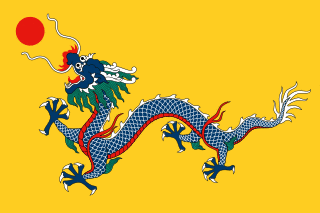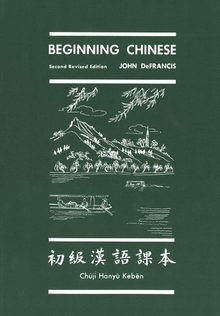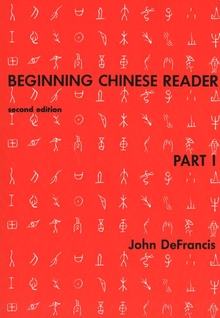
Chinese is the hardest language to learn according to normies who have never tried to learn it.
In reality, Chinese is really easy. It has literally no complex morphology: no tense, plurals, gender. It doesn't have irregular verbs or nouns because it has no verb and noun endings whatsoever. It's almost difficult to explain how easy Chinese is.
The only different thing is the writing system which is I hesitate to say anachronistic. The Chinese character system is more structurally similar to Sumerian cuneiform than to English morphophonemic writing. That presents a unique hurdle, but one if properly tackled is not too difficult and also edifying. It's important to realize in any case that learning a language and learning its writing system are two separate things.
Knowing this is important for mastering or even beginning Chinese.
These are the best Chinese Books
The Yale series by John DeFrancis is not just the absolute best for learning Chinese, but they are an eternal exemplar of basically the best you can do for any language. The books all have generic names and they're linked below with audio. The books are massive. Even if you just get "Beginning Chinese" and "Beginning Chinese Reader, Part 1," you'll know around 4 semesters worth of Chinese compared to your average university course. They have free audio too. Remember that if you get nervous about their price tags, which might be as high as $50. These books are severely worth it though.
There are actually two parallel book series in the DeFrancis/Yale series: the green books, which cover the spoken language (in Romanization) and the red books (the readers) that cover characters. It might sound strange to cover the language itself and the characters separately, but it is massively superior.
The Green Books (for the language)

The great thing about the main series is that they come with many, many exercises and drills which are actually good for individual use. Books that expect you to read something once and internalize it are irreparable.
Links are to the official Yale site. Probably better to buy on eBay or something though. Worth the money even when they are expensive.
You can get .pdfs of all these books on Library Genesis. I have physical copies, except some an ex-girlfriend borrowed and never gave back. If you read this, you better send them back!
Note that I've also linked audio that was recorded for these books, which is great. They used to cost a lot too, but now they're free!
The Red Books (for characters)

The reason the language in transliteration and the characters are in two books is because learning them is really two different processes. The green books are more typical language learning books. The red books/readers are different.
Every chapter, they teach you 10 characters, but with those 10 characters, you might learn to combine them into 50 new words based on them. The pacing here is for only learning the essential and most used characters as simply as possible as you advance. The readers do not explain grammar and expect you to be advancing in the green books to understand grammatical things.
- Beginning Chinese Reader, Part 1 (audio for parts 1 and 2)
- Beginning Chinese Reader, Part 2
- Intermediate Chinese Reader, Part 1 (audio for parts 1 and 2)
- Intermediate Chinese Reader, Part 2
- Advanced Chinese Reader (audio)
The Blue Books?
I won't link them because they sort of the defeat the point, and I don't have them, but there is also a blue series which is just the green series but with the language in characters. I think it's intended more for classes that can't do the DeFrancis method due to bureaucratic constraints. If it has the exercises of the green books, that's good and all, but really the value of the system is the fact that when you do the spoken language in the green books, you don't have to worry about unknown characters and when you do the characters in the red book, that's all you need to pay attention to.
I'm not dismissing the blue books, because the quality of the Yale/DeFrancis series is still light-years ahead of all other series, but I'd stick with the classics here.
Notes about Chinese
The tone cope
I remember having normalfriends in my Chinese class (which was a waste of time, just get the DeFrancis books) who would say that Chinese wasn't too hard "except for the tones." Mandarin Chinese has four tones that distinguish words. If you've sat through your first day in Chinese class or even seen a YouTube video on Chinese, you know this.
Normies see this alien concept of having tones and they turn their brains off. There were kids in my class who said they'd "just not learn" the tones. Which is sort of like saying you're going to learn English, but not the vowels "because they're too hard."
Actually around half of the world's languages have tones. They are not bizarre or highly "marked" in an objective sense. They are much more common that the "th" sound in English. You can bear it.